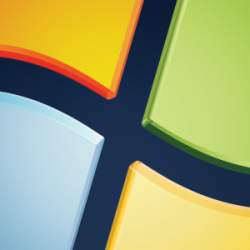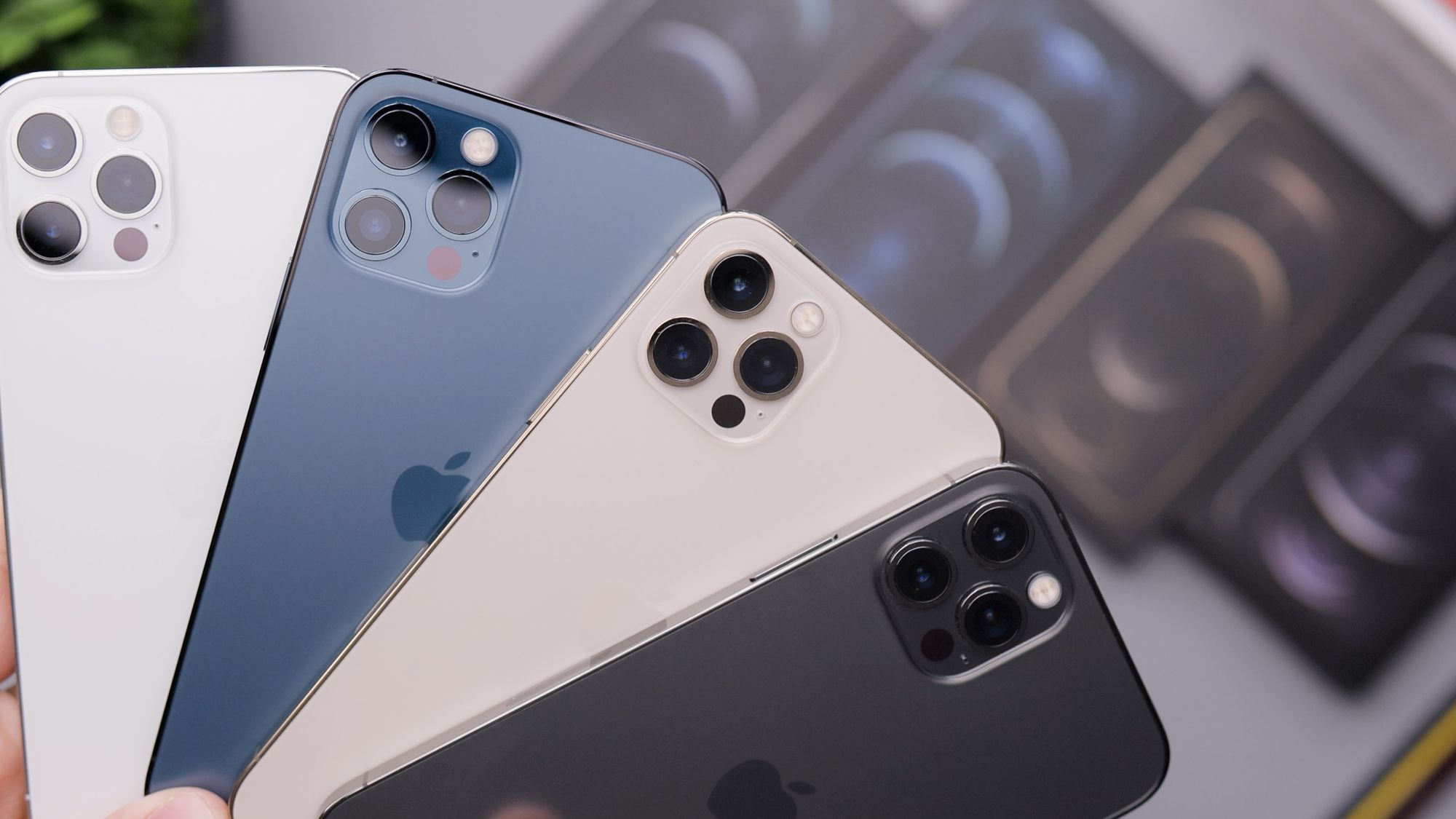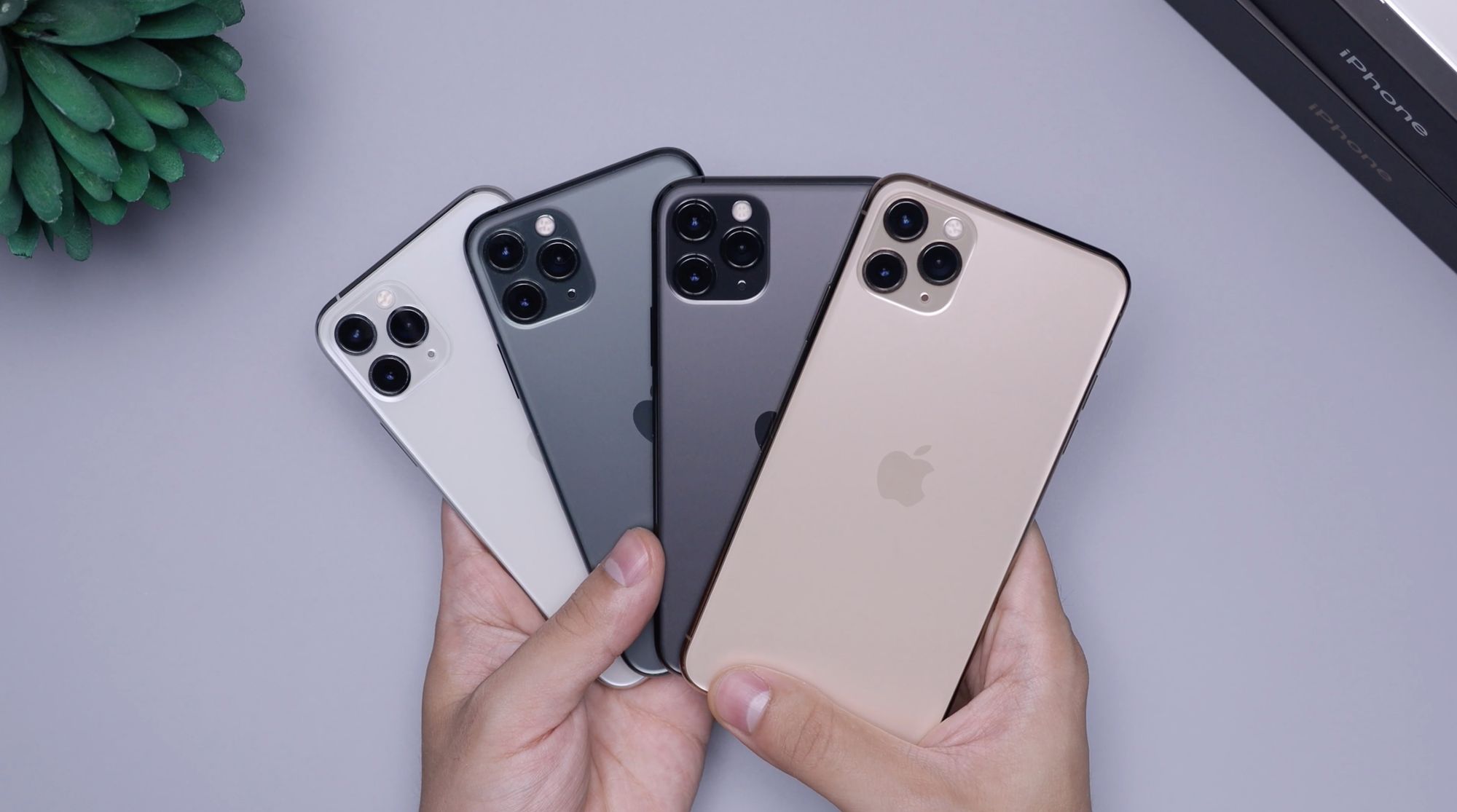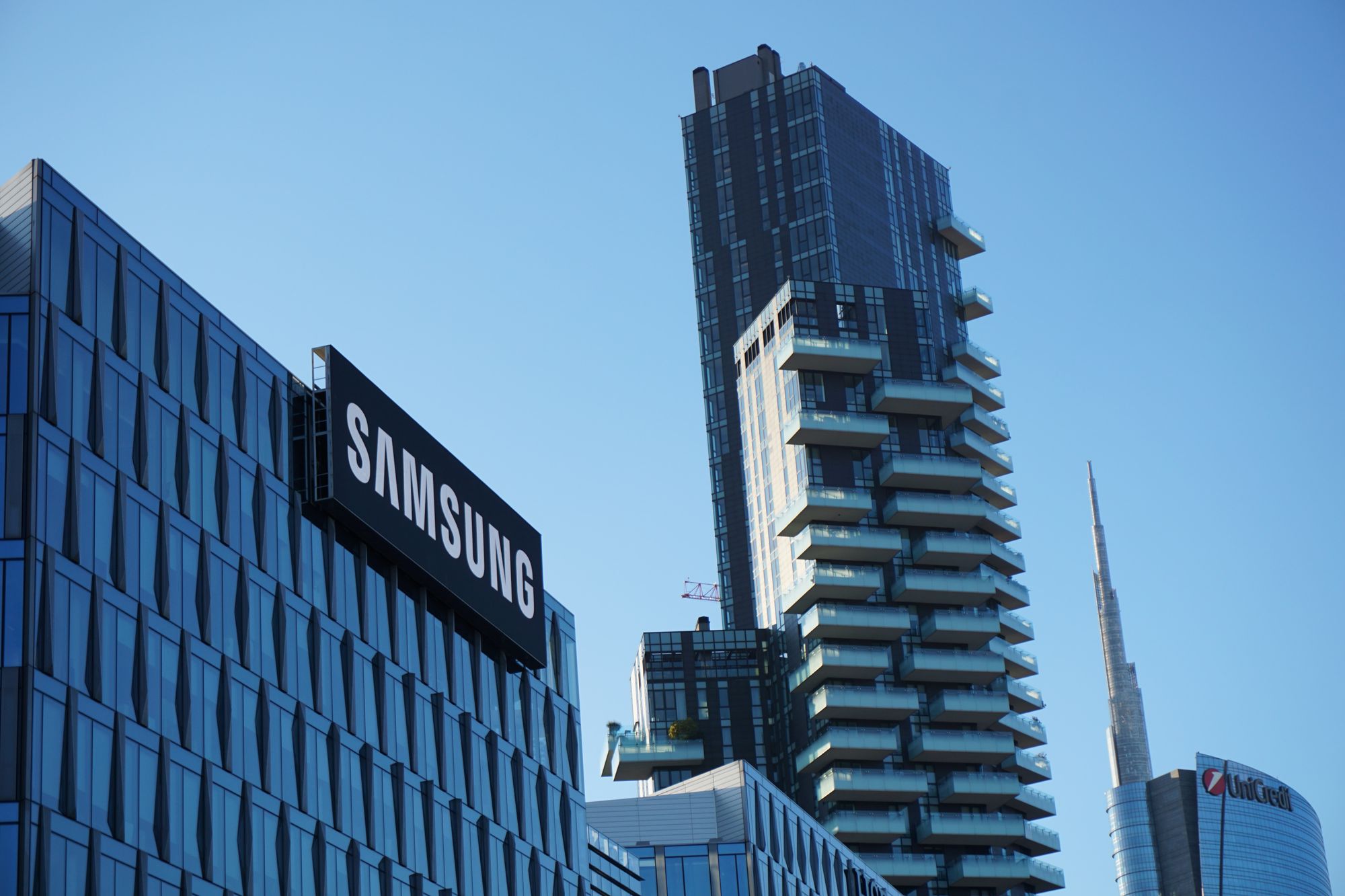Does Microsoft need to rethink Windows upgrade pricing?
 Apple’s next OS – Mac OS X 10.7 ‘Lion’ will retail for $29.99. That’s cheap, but when you consider that you can install this on up to five different authorized systems, that brings the price of the OS down to $6. Compare this to an upgrade copy of Windows 7 Home Premium, which will set you back over $100.
Apple’s next OS – Mac OS X 10.7 ‘Lion’ will retail for $29.99. That’s cheap, but when you consider that you can install this on up to five different authorized systems, that brings the price of the OS down to $6. Compare this to an upgrade copy of Windows 7 Home Premium, which will set you back over $100.
Does Microsoft need to rethink its Windows upgrade pricing?
I think it does.
OK, first off, before all of you feel the need to point out to me that Apple is a company that sells a ‘product’ while Microsoft is in the software business, I’m already aware of that. However, bear in mind that most of Microsoft’s Windows revenue comes from sales of licenses to OEMs and businesses. Revenue from the sale of upgrades is a mere drop in the ocean. In many ways Microsoft makes its money from selling products much in the same way Apple does, except that Microsoft has a broader distribution base and gets the OEMs to do much of the hard sell.
Here’s the way I see it. There’s absolutely no reason whatsoever for Microsoft to still be charging over $100 for a retail upgrade. Even if you seek out a OEM version of Windows 7 Home premium (one that you can only install and activate on a single system, and where you don’t get any support) still costs over $80.
I know that Microsoft does offer family packs and steep discounts at times, but these are occasional and usually only used early on to bolster sales numbers in order to generate impressive numbers for press releases. This helps people who are quick enough to bag the deal, but leaves everyone out in the cold.
In a world where there are free Linux distros and $30 Mac OS X installers that are good for up to five systems, the fact that Microsoft is still asking regular home users in the region of $100 for a single license of Windows 7 not only seems like an archaic, it’s also penalizing people who want to keep their old PC hardware but keep their OS up to date.




